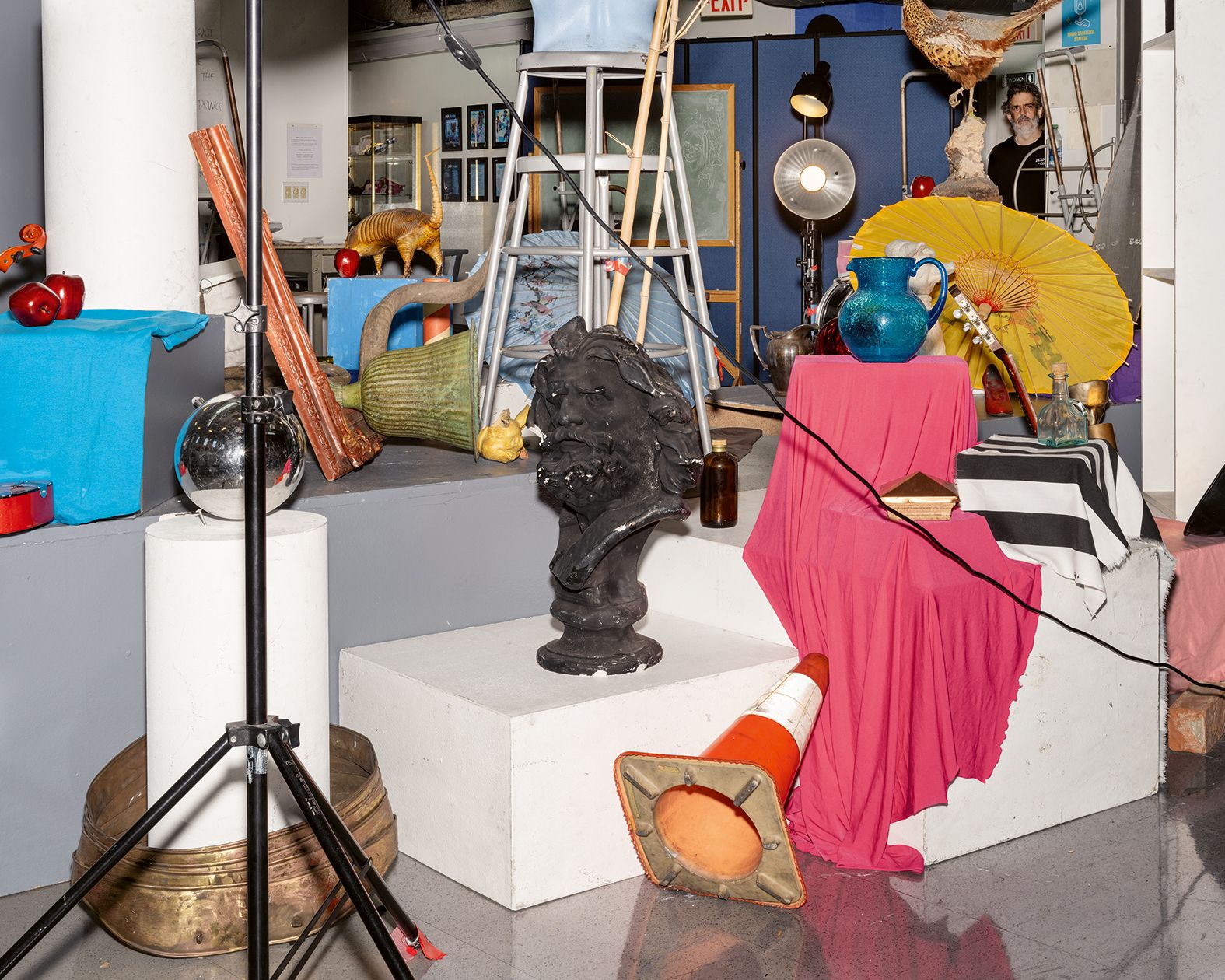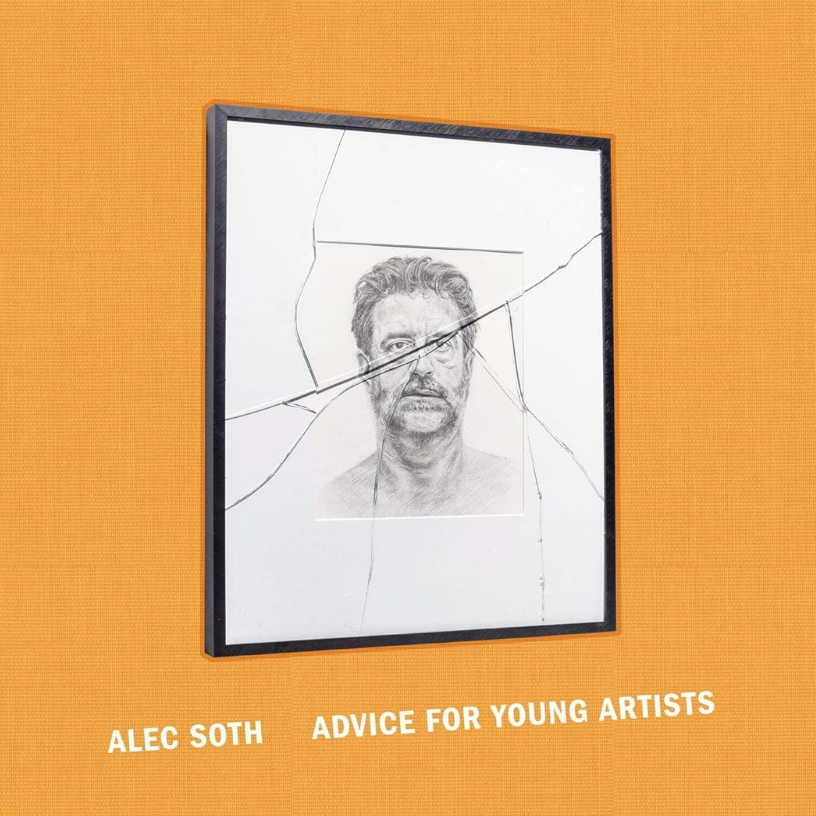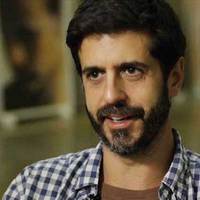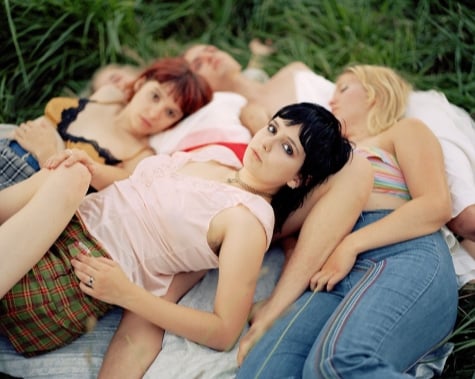Two clues open Alec Soth’s Advice for Young Artists. With a loving fanbase and over 25 books to his name, the artist seems like a good candidate to dispense a few pearls of wisdom on this topic. But as it turns out, things—or more specifically the things we face by choosing the path of the artist—aren’t so simple. The first image is a green post-it: “Who is this book for?” The second, a door framing a blank, white wall; an entrance leading nowhere.
Both puzzle pieces suggest that if you are here for the kind of straightforward answer one might expect from such a straightforward title, you are in for something quite different. Perhaps the photographs can be read as prompts. We should leave our expectations at this weird, simulacrum of a door in order to step into Soth’s own journey and grapple with the existential aspects of what it takes to become—and remain—an artist. Because, plot twist: the questions, feelings and fears we meet with starting out don’t magically disappear once you are successful.

Across the classrooms and corridors of the 25 different art schools across the US that Soth photographed over the course of two years, we are immersed in a playful universe that offers its own cryptic response to the book’s title. As we learn in the (self-conducted) interview at the end of the book, this is Soth’s non-verbal answer to a question he often receives from students. And it’s hardly a surprise that they are in search of advice. Having made the ephemeral, courageous, glorious and somewhat unhinged commitment to making art—or at least studying it for a bit—it’s quite natural that they might wonder: how the hell does this work?
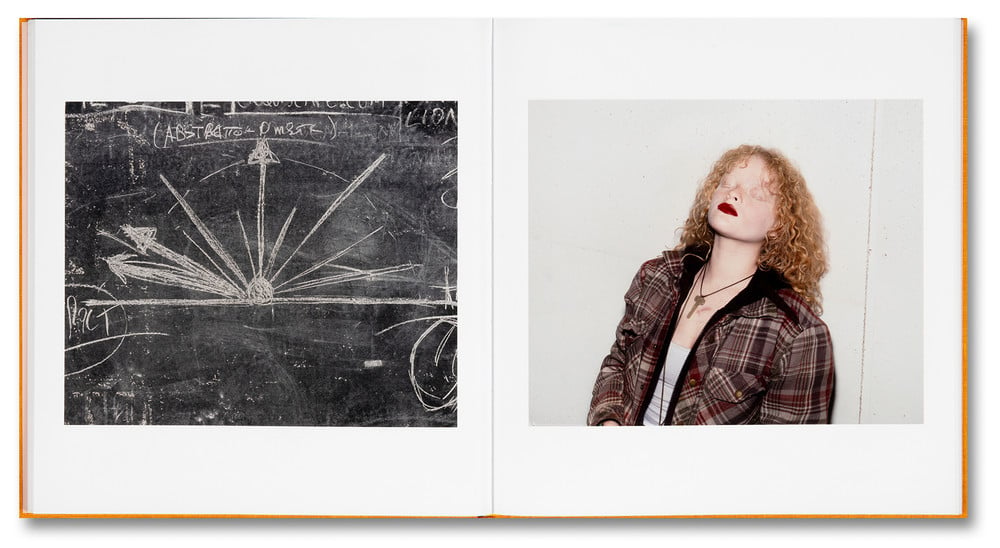
It also comes as no surprise that the author of the book doesn’t really feel like he has the answers, nor has he stopped asking himself questions despite a lengthy and successful career. Inspired by the portraits of students that Walker Evans made near the end of his life after having discovered the Polaroid camera, Soth began to invite himself to undergrad art programs. Shrugging off the label of ‘expert’ that traditionally befalls most established artists when they walk through the door of an institution, he wanted instead to spend his time hanging out and pretending to be an art student. “Who is this book for?” Hidden between the covers, Advice for Young Artists also contains some wisdom for older artists too.
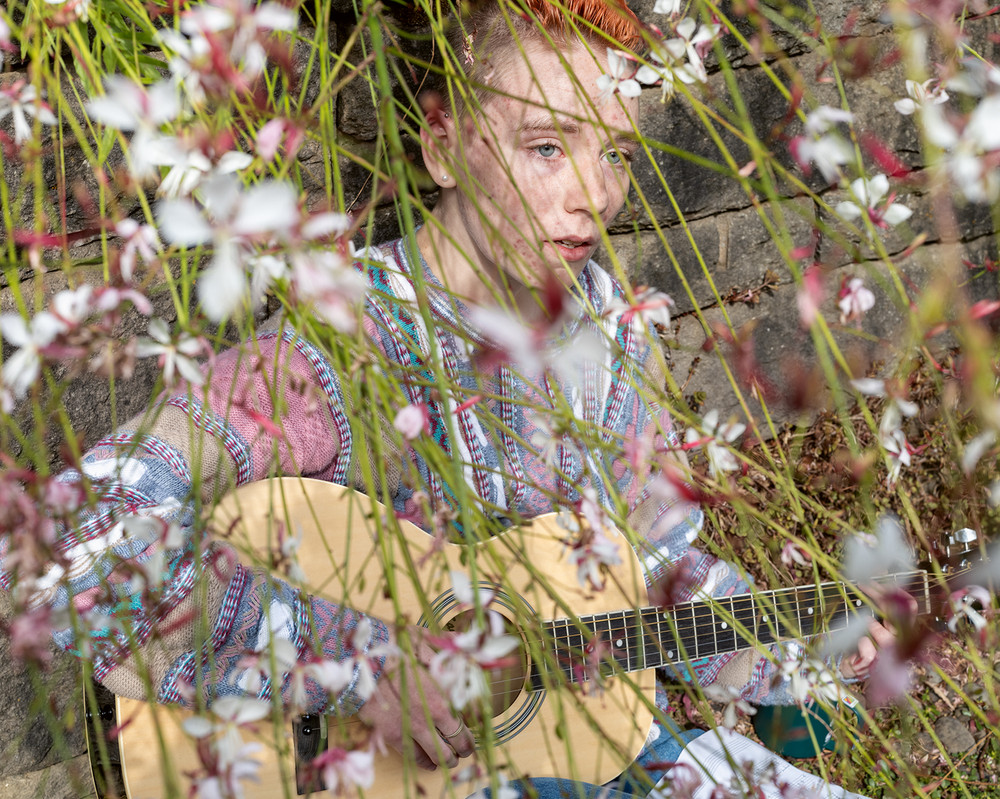
Filled with an assortment of bright and colorful objects, enigmatic diagrams scrawled on chalk boards and bewildering arrangements that look like they could collapse at any second, the absurdity of learning or teaching art is on full display. What lies behind the plastered down door is a strange, hermetic universe with its own logic where students are free to play, fail, experiment and figure out who they are. Everything is a building block. Everything can be deconstructed and made into something new. Through Soth’s curious eye we can feel the radiance of beginner’s energy; traces of industrious activity, paintmarks, technicolor stickers, chaotic light set-ups.
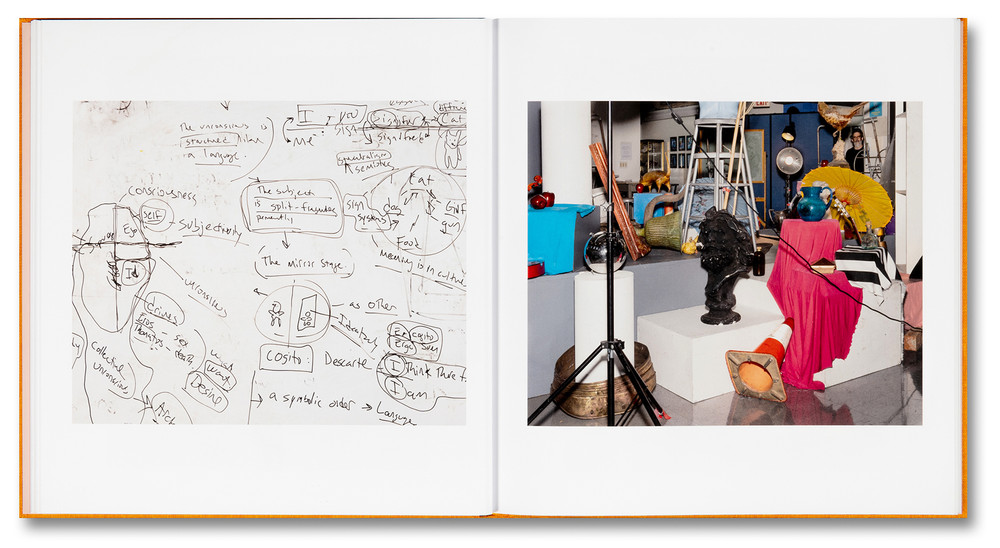
In one image that wouldn’t look out of place in a crime series, consciousness, self, ego, id, drives, eros, want, desire, collective unconscious, I, you, me etc are entangled into a Byzantine web of words. Complex theory aside, the messy diagram hits the nail on the head: learning to be an artist is also learning to be yourself and figuring out where you situate in the world. Perhaps even using your creativity to explore and interrogate that. One of the most joyful bits of the book are Soth’s portraits of the students he is hanging out with, each one fizzing with the kind of energy you are filled with as you explore yourself—together and alone. One of the one concrete bits of wisdom he does dispense in the interview, addressed to his younger self, is that of acceptance.
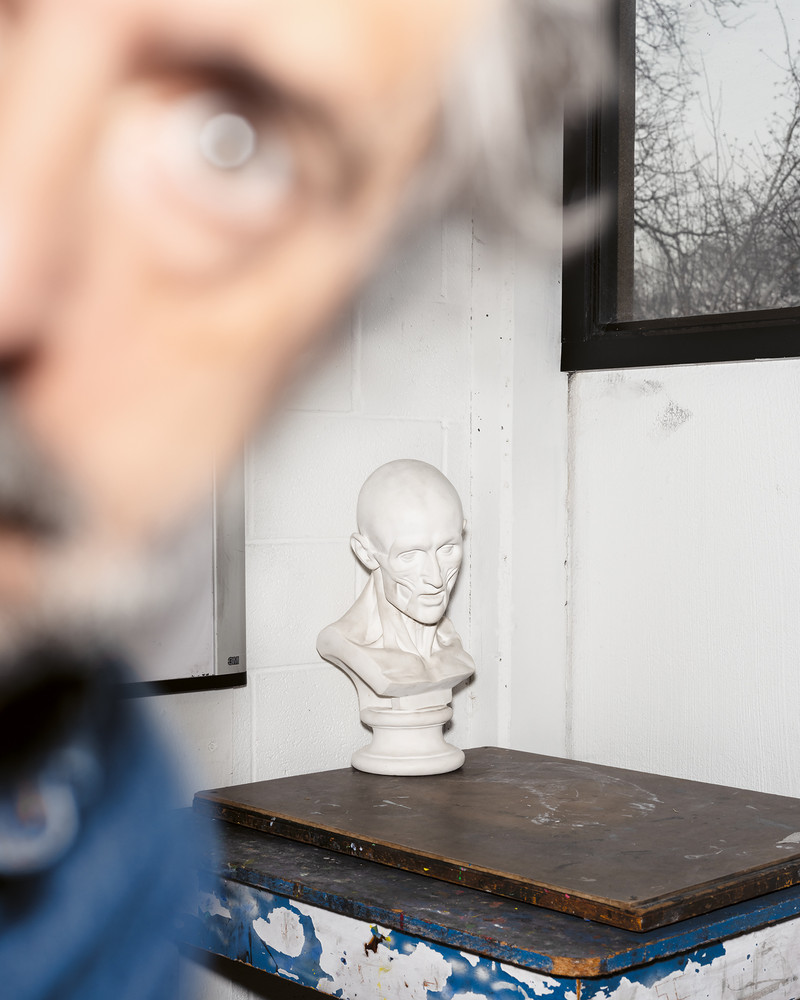
Now in his fifties, Soth is thinking about age and perhaps also about acceptance. He crops up throughout the book, self-portraits threaded between photographs of the students and their creations. Having shed the role of expert, his time back at school is also one of self-reflection; his blurry face edging into frame in front of a plaster-cast bust next to an image of a dusty mirror. A pencil-drawn portrait of the artist in a smashed frame graces the front cover of the book. A cheeky Kurt Vonnegut line from Breakfast of Champions closes the book: “Make me young make me young make me young!”
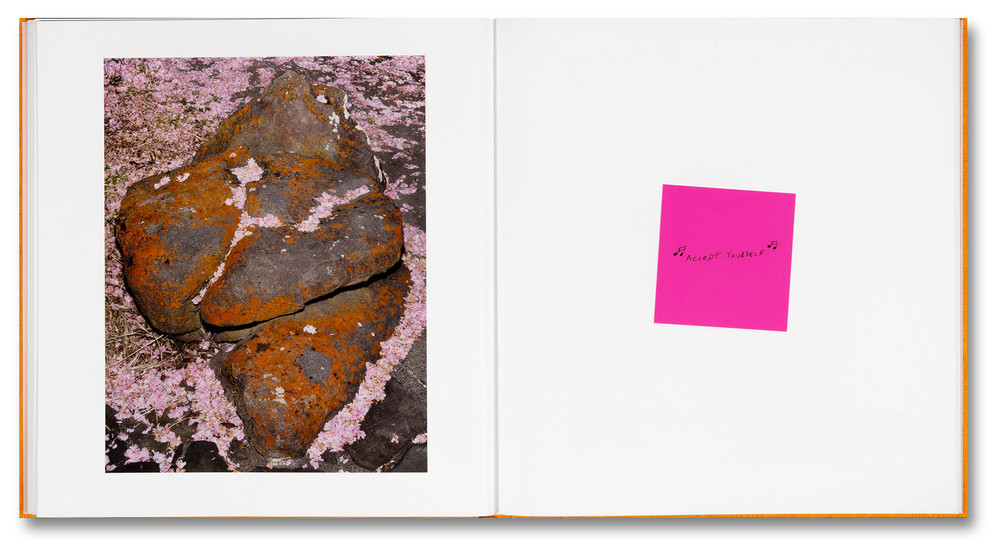
The artist describes the quality of Evans’ student portraits as almost vampiric, as if he is on the hunt for a youthful energy he lost a long time ago. But Soth’s return to college feels like more of a gesture of curiosity and collaboration. Throughout his career, he has taught workshops to younger artists, both formally and informally. From his most recent ‘A Workshop at Home with Alec Soth’ to the Winnebago Workshop—an art school in an RV that he used to drive students around in to meet artists—the artist has made up his own formats where education becomes a two way street; a dialogue and an exchange.
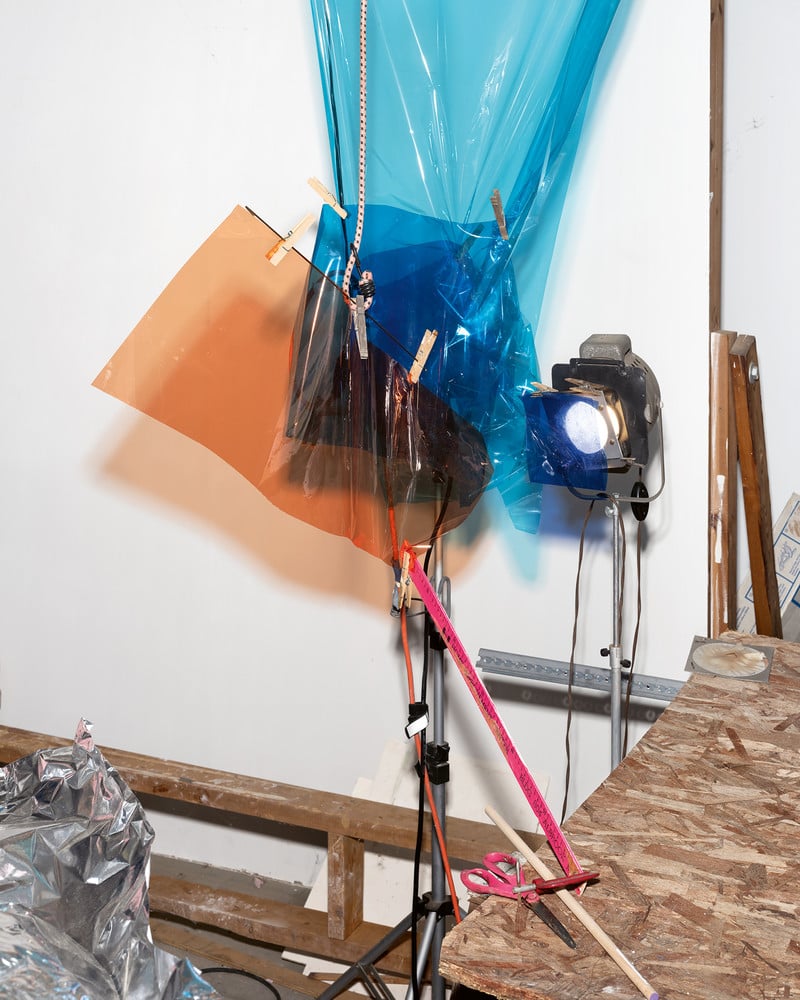
In evading much concrete advice of his own in this book of advice—instead mirroring the question back at his students—Soth paradoxically ends up infusing the book with some pretty solid wisdom for artists of any age. Stay open to change, experiment, seek renewal, learn from each other. And if you look closely, the book does impart some practical advice. One image contains a list of 10 rules, jotted down on a whiteboard written by Sister Corita Kent, a much-loved American artist, graphic designer, educator and former nun. The last line reads, “There should be new rules next week.”

